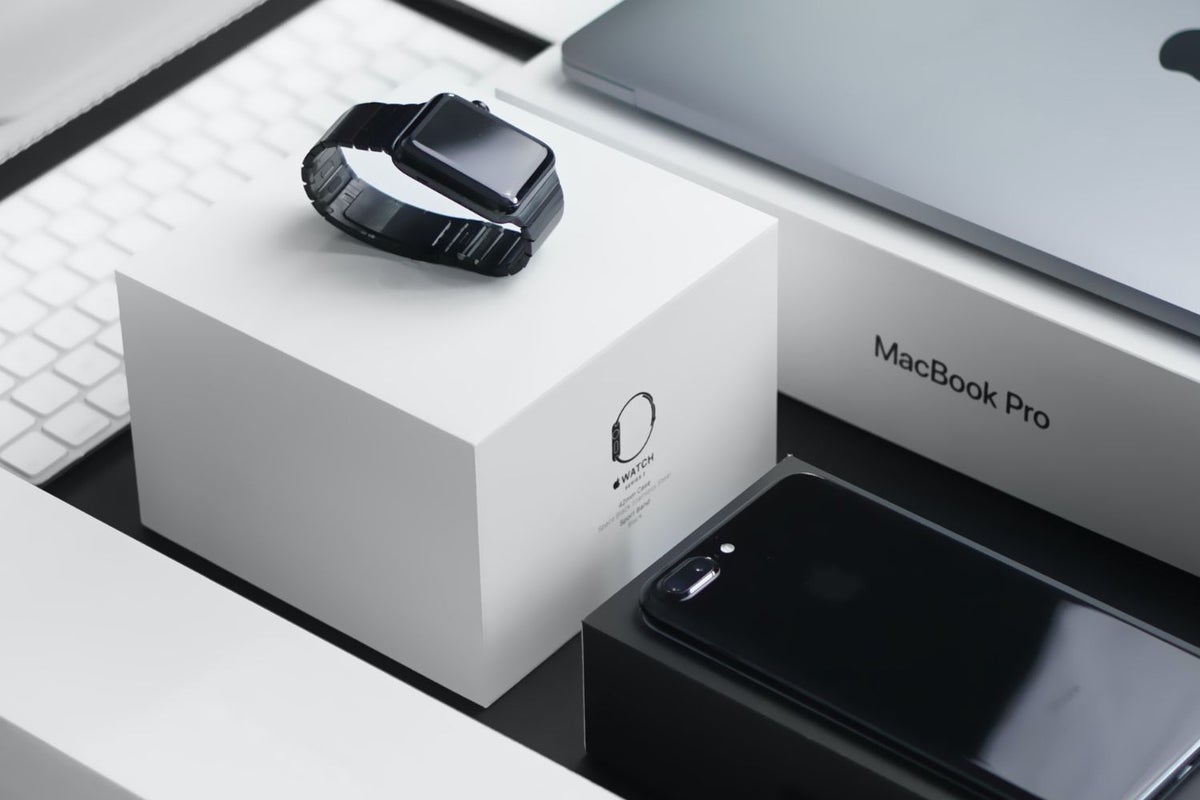[ad_1]
Loyal Apple, Inc. AAPL customers are now left with the not-so-palatable option of relying on three different chargers if they choose to have an entire gamut of Apple products, but this could soon change, according to Bloomberg’s Mark Gurman.
What Happened: Apple’s iPhone and AirPods use Lightning, iPad Pro and MacBook use USB-C and Apple Watch uses MagSafe, Gurman noted. The company recently rolled out a second variant of MagSafe to charge its laptops, he added.
“But it’s a far cry from the clean, simple approach to technology espoused by Apple,” the columnist said.
Apple has been forced to make its charging strategy simpler due to the European Union’s pressure on device makers to unify around USB-C for the sake of interoperability and environmental benefits, Gurman said. After harping on it for the past five years, the EU last week signed a law that required makers of many devices to switch to USB-C by the end of 2024 for new products.
Apple has come out strongly against the regulation, reasoning last year that strict regulation mandating just one type of connector stifles innovation rather than encouraging it, which in turn will harm consumers in Europe and around the world, Gurman said.
See also: Apple Analyst Says This Is Cupertino’s Unique Advantage Over Other Tech Giants
Apple’s Prepping: Apple has been preparing for the new law, and the company could even accomplish a transition for its most visible products before the due date, Gurman said. The iPhone 15 is essentially a lock to get USB-C in the fall of 2023, beating the mandate by a year, he added.
The entry-level iPad model, which is without USB-C will likely be getting the port by the end of this year, the Apple writer said. Following this, only AirPods, Magic Mouse, Magic Keyboard and Magic Trackpad would need to eventually make the switch, he added.
Given that the law mandates the shift for new devices, an Apple iPhone SE rolling out in March 2024 may not be out of compliance with the EU. The 2025 or 2026 model will, however, require the change, Gurman said.
“I’d bet the next versions of the regular AirPods, AirPods Pro and AirPods Max all move to USB-C, and that transition should be done by 2024,” the columnist said.
Explaining why Apple is publicly pushing back on the law, while privately planning the shift, Gurman said Cupertino realizes that the move is better for consumers and for the Apple ecosystem at large. But the company can’t publicly agree with the EU because then it would seem that a government is guiding its product development plans and that would set a bad precedent, the columnist said.
Apple, in trying to attribute the shift to USB-C to itself, may explain the shift is due to the fact that it is speedier for powering up and making data transfers, as well as a more unified approach to charging across its products, Gurman said.
The USB-C era will be short-lived, at least for Apple’s mobile devices, as the company’s future is wireless, the columnist said.
Apple closed Friday’s session at $140.09, down 3.67%, according to Benzinga Pro data.
[ad_2]
Image and article originally from www.benzinga.com. Read the original article here.

